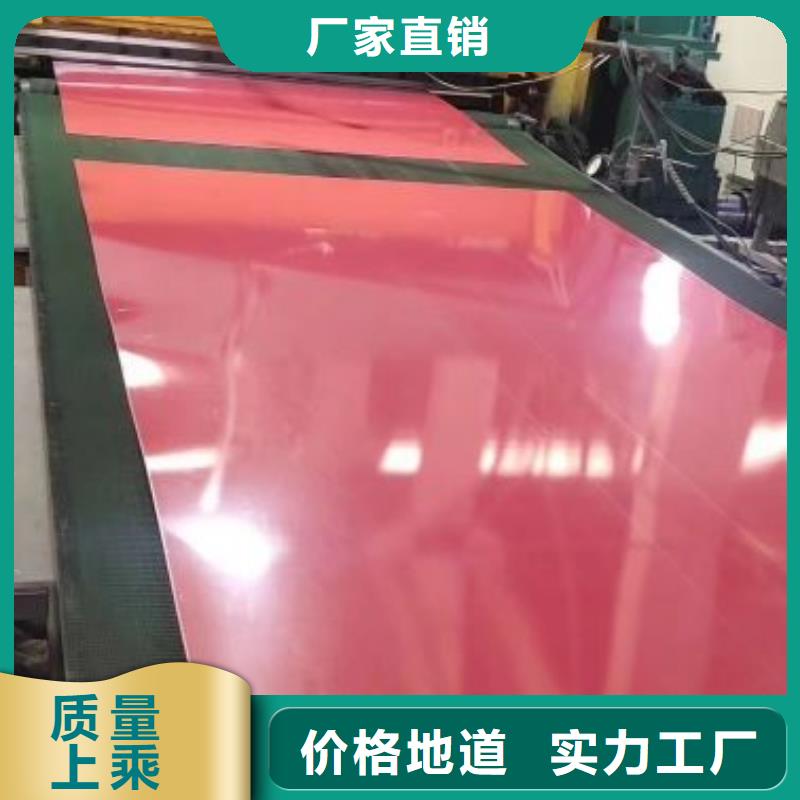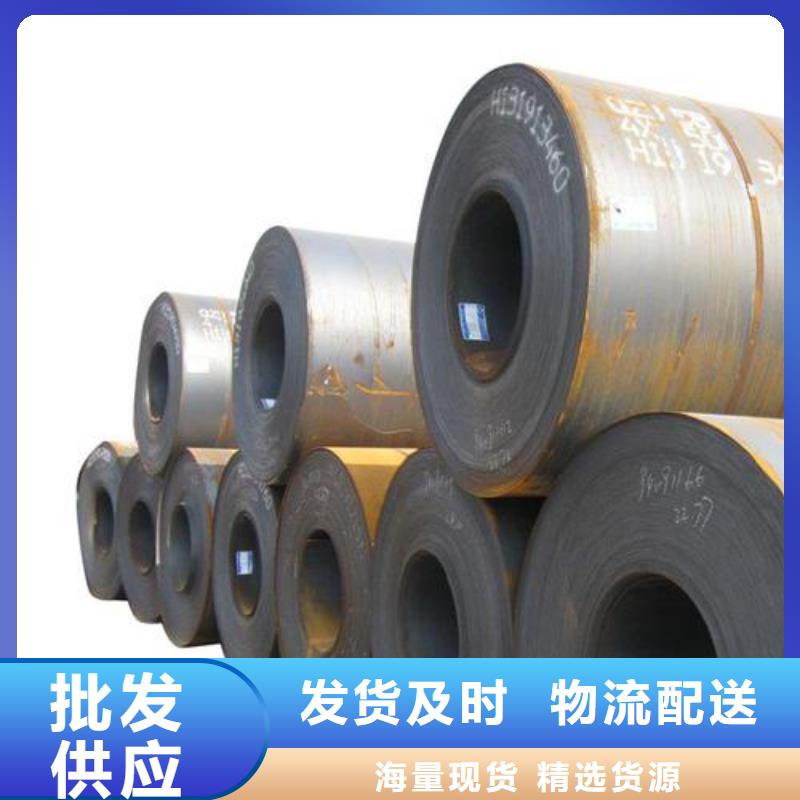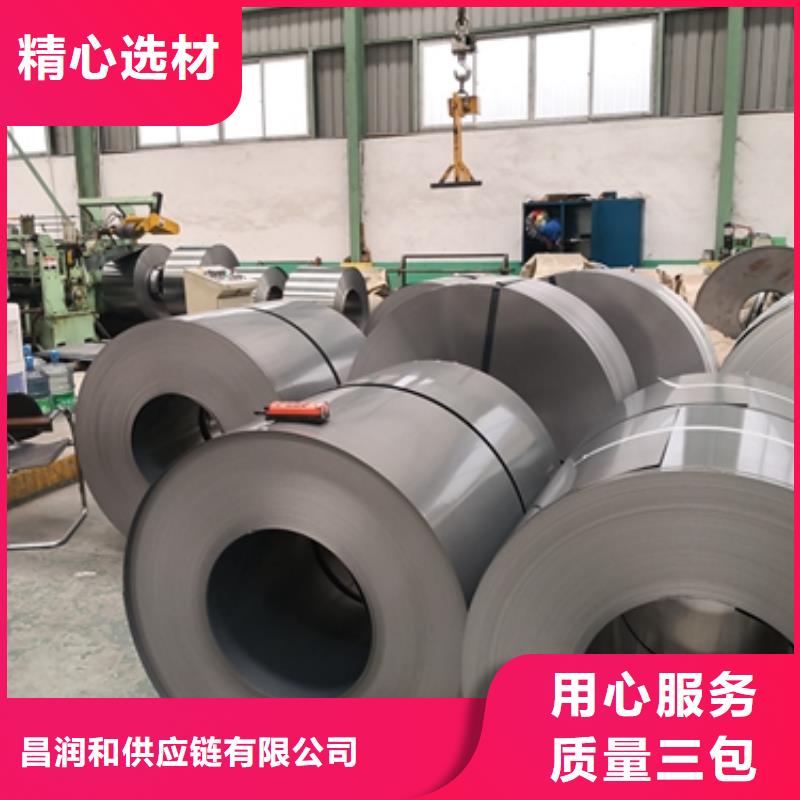想要更深入地了解我们的电工钢硅钢片汽车钢满足客户需求产品?那么请观看我们制作的视频,它比任何文字描述都更具体、更生动。
以下是:电工钢硅钢片汽车钢满足客户需求的图文介绍
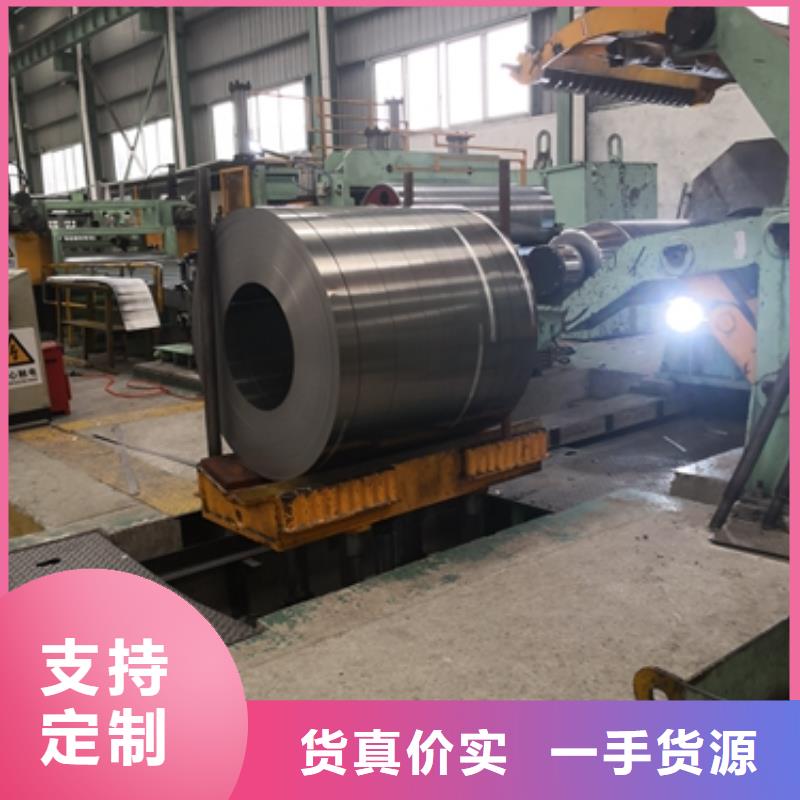
多年来完成了多个 广东潮州新能源电工钢订单。敢于承接急项目硬项目,从而实现了客户满意,并带动企业发展的目标。良好的 广东潮州新能源电工钢产品及满意的服务为公司赢得了更多客户的信任, 广东潮州新能源电工钢产品销售各地并不断承揽大型工程,是一家值得信赖的厂家。 润吉公司与客户,携手共同开拓进取,不断创新为环保事业做出大的贡献。让我们与客户共同发展、进步。


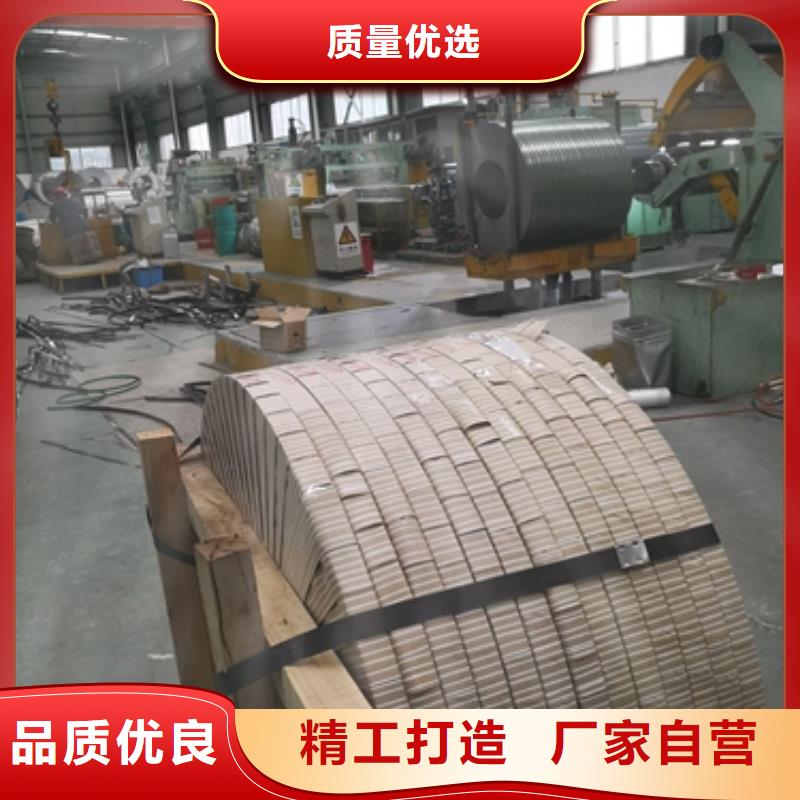
电工钢硅钢片In addition to the types listed above, there are also some special purpose electrical steel plates, such as 0.15 and 0.20mm thick 3% Si cold-rolled non oriented silicon steel strips and 0.025, 0.05, and 0.1mm thick 3% Si cold-rolled oriented silicon steel strips, used for medium and high-frequency motors, transformers, and pulse transformers; 0.7mm thick 3% Si high-strength cold-rolled non oriented silicon steel plate for relays and power switches; High strength cold-rolled electrical steel plate for new high-speed motor rotors; Low carbon electrical steel hot-rolled thick and cold-rolled plates for magnetic shielding and high-energy accelerator electromagnets such as medical magnetic resonance tomography scanners; 4.5% to 6.5% Si high silicon steel plates for high-frequency motors, transformers, and magnetic shielding.Generally, motors, transformers, and other electrical components are required to have high efficiency, low power consumption, small size, and light weight. Electrical steel plates are usually guaranteed to have magnetic properties based on core loss and magnetic induction strength [1] [2]. The requirements for the performance of electrical steel plates are as follows:Low core loss (PT)Iron core loss refers to the ineffective electrical energy consumed by an iron core when magnetized in an alternating magnetic field of ≥ 50Hz, abbreviated as iron loss, also known as alternating loss, and its unit is W/kg. The ineffective electrical energy consumed due to various obstacles caused by magnetic flux changes not only loses electrical energy through the heating of the iron core, but also causes temperature rise of the motor and transformer. The iron loss (PT) of electrical steel includes three parts: hysteresis loss, eddy current loss (Pe), and anomalous loss (Pa). Electrical steel plates have low iron loss, which can save a lot of electricity, prolong the operating time of motors and transformers, and simplify cooling devices. Due to the iron loss of electrical steel plates, which accounts for 2.5% to 4.5% of the annual electricity generation in various countries, countries always try their best to reduce iron loss in the production of electrical steel plates, and use iron loss as the most important indicator to assess the magnetic properties of products. The iron loss value of products is used as the basis for classifying product grades. Cold rolled oriented electrical steel: Cold rolled oriented electrical steel is a high-end product in the field of electrical steel. Compared with cold rolled non oriented electrical steel, its magnetism has strong directionality; It has superior high magnetic permeability and low loss characteristics in the direction of easy magnetization rolling. The iron loss of oriented steel strip in the rolling direction is only 1/3 of that in the transverse direction, and the ratio of magnetic permeability is 6:1. Application: The main purpose of cold-rolled oriented silicon steel strip is for transformer manufacturing.Full process cold rolled non oriented silicon steel coating: The surface of the full process cold rolled silicon steel is coated with a semi transparent insulation coating, which has different codes in different standards. Taking Baosteel‘s Q/BQB 480 2014 as an example:

鹿程国际贸易有限公司

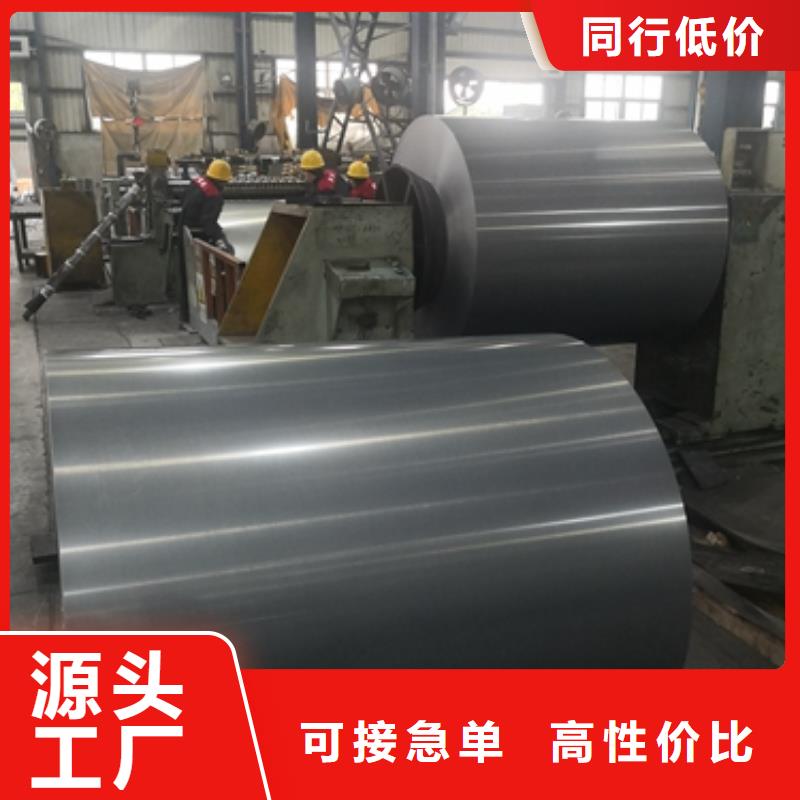
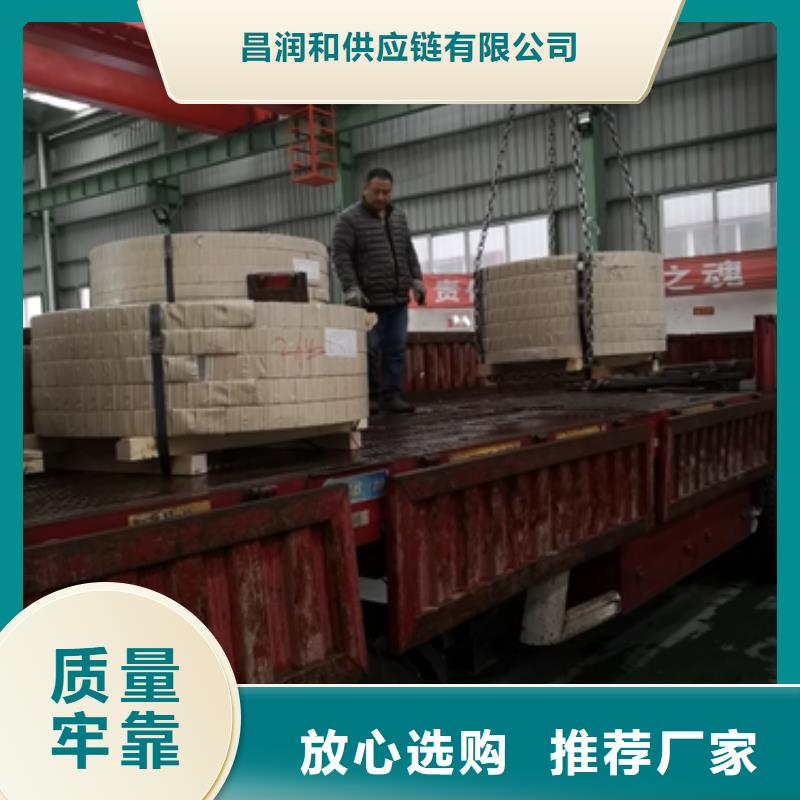
电工钢硅钢片Electrical steel, also known as silicon steel sheet, is an indispensable metal material in the power, electronics, and military industries, and is also the largest functional material in production. It is mainly used as the iron core for various motors, generators, and transformers. Since it is a functional material, its performance testing also revolves around "function". These indicators are often mentioned in trade and processing processes, and a brief understanding can help everyone better carry out their work. The performance testing of electrical steel mainly includes the following aspects: magnetic inspection, stacking coefficient inspection, coating adhesion inspection, repeated bending inspection, size and shape surface inspection, and conventional mechanical property inspection. In addition to the types of products listed above, there are also some special purpose electrical steel plates, such as 0.15 and 0.20mm thick 3% Si cold-rolled non oriented silicon steel strips and 0.025, 0.05, and 0.1mm thick 3% Si cold-rolled oriented silicon steel strips, which are used as intermediate and intermediate grade High frequency motors and transformers, as well as pulse transformers, etc; 0.7mm thick 3% Si high-strength cold-rolled non oriented silicon steel plate for relays and power switches; High strength cold-rolled electrical steel plate for new high-speed motor rotors; Low carbon electrical steel hot-rolled thick and cold-rolled plates for magnetic shielding and high-energy accelerator electromagnets such as medical magnetic resonance tomography scanners; 4.5% to 6.5% Si high silicon steel plates for high-frequency motors, transformers, and magnetic shielding.
Generally, motors, transformers, and other electrical components are required to have high efficiency, low power consumption, small size, and light weight. Electrical steel plates are usually guaranteed to have magnetic properties based on core loss and magnetic induction strength. Magnetic induction strength is the number of magnetic lines passing through a unit cross-sectional area of the iron core, also known as magnetic flux density. It represents the material‘s magnetization ability, measured in T. The magnetic induction strength of electrical steel plates is high, and the excitation current (also known as no-load current) of the iron core is reduced. Copper and iron losses are also reduced, which can save electrical energy. When the power of the motor and transformer remains constant, the magnetic induction intensity is high, and the design Bm can be increased. The cross-sectional area of the iron core can be reduced, which reduces the volume and weight of the iron core, and saves the amount of electrical steel plates, wires, insulation materials, and structural materials used. This can reduce the total loss and manufacturing cost of the motor and transformer, and is beneficial for the manufacturing, installation, and transportation of large transformers and motors. The main requirements for the performance of silicon steel are:
1. Low iron loss is the most important indicator of the quality of silicon steel sheets. Various countries classify grades based on iron loss values, with the lower the iron loss, the higher the grade.
2. Under strong magnetic fields, the magnetic induction intensity (magnetic induction) is high, which reduces the volume and weight of the iron core of the motor and transformer, saving silicon steel sheets, copper wires, and insulation materials.
3. The surface is smooth, flat, and the thickness is uniform, which can improve the filling coefficient of the iron core.
4. Good lamination performance is more important for manufacturing micro and small electric motors.
5. The adhesion and weldability of the surface insulation film are good, which can prevent corrosion and improve the punching performan
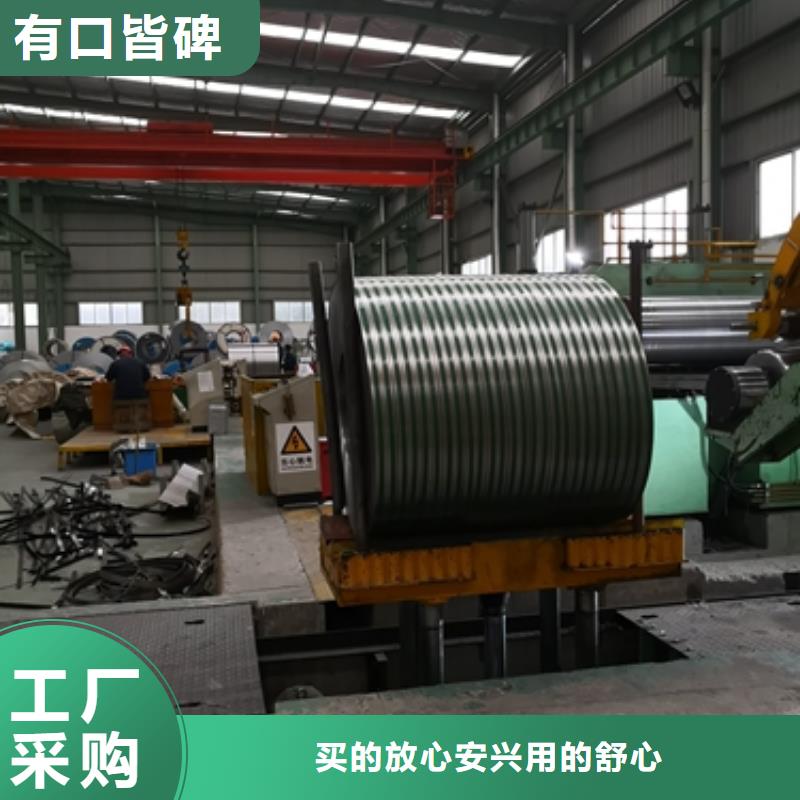
 cg39.com
cg39.com


